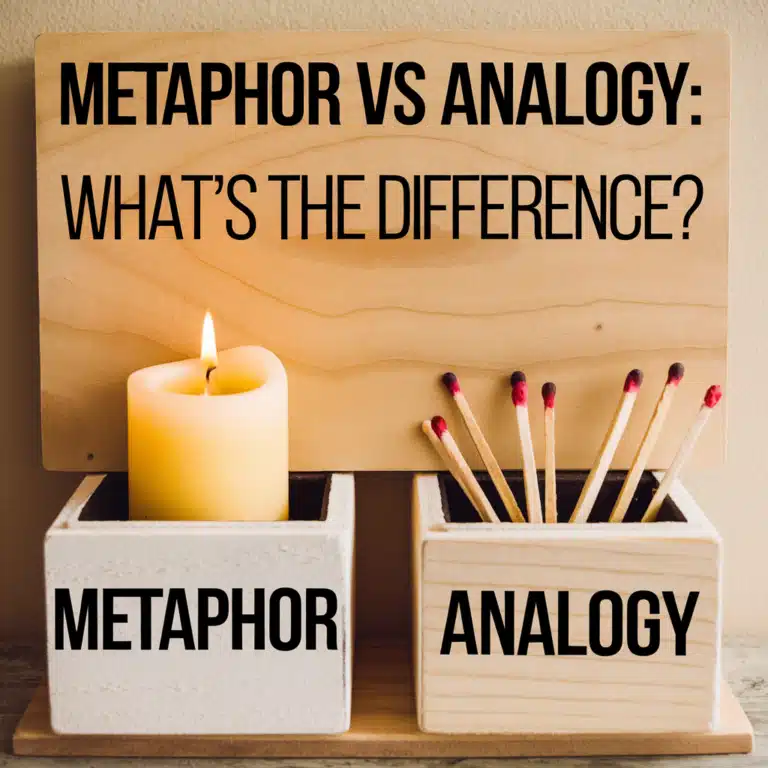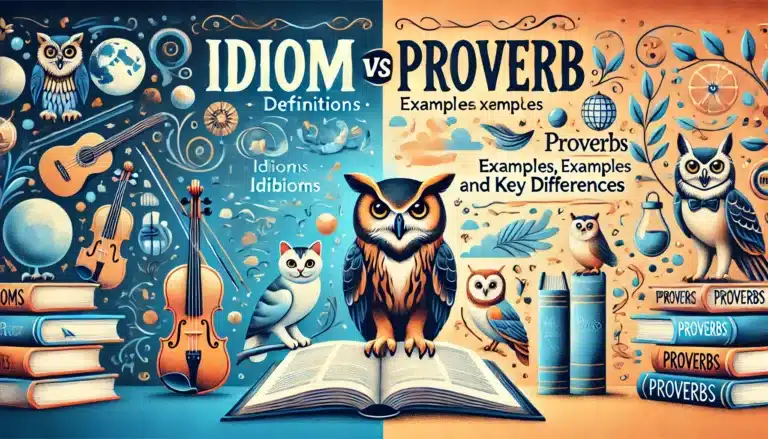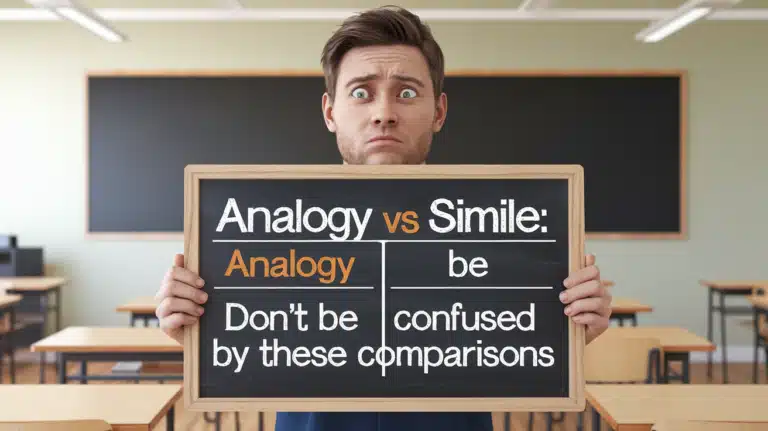Pre vs Post: Mastering the Art of Temporal Prefixes
In the vast landscape of the English language, two tiny titans reign supreme when it comes to expressing time: “pre” vs “post”. At first glance, these powerful prefixes might seem simple; however, they pack a punch in shaping our understanding of events, processes, and concepts. Moreover, their proper usage can significantly impact the clarity of our communication. Therefore, let’s embark on a journey to unravel the mysteries of these temporal markers and, consequently, learn how to wield them with precision. By doing so, we’ll not only enhance our linguistic skills but also gain a deeper appreciation for the nuances of time-related expressions.
The Time-Bending Magic of Pre and Post
Imagine you’re a time traveler with the ability to jump between “before” and “after” at will. That’s essentially what these prefixes do for our language. They’re linguistic time machines, instantly transporting our minds to different points on a timeline.
Pre, derived from Latin, means “before” or “in advance of”. It sets the stage, preparing us for what’s to come.
Post, also from Latin, signifies “after” or “behind”. It reflects on what has already occurred, often implying a change or consequence.
Together, they form a dynamic duo that helps us navigate the complexities of time in our communication.
Read More About: Cracking the Code: Solving the Plural Puzzle in Software
Diving Deep: What Do Pre and Post Really Mean?
Pre: Before the Main Event
The prefix “pre” is like the opening act of a concert. It sets the tone and builds anticipation for what’s to come. Let’s break it down:
- Etymology: From Latin “prae” meaning “before” or “in front of”
- Core meaning: Preceding in time, place, order, or importance
- Common usage patterns:
- Temporal: predate, preview, precursor
- Spatial: prefrontal, preposition
- Preparatory: preheat, pretreat, premeditate
“Prediction is very difficult, especially about the future.” – Niels Bohr
Post: After It’s All Said and Done
If “pre” is the opening act, “post” is the after-party. It deals with the aftermath, the consequences, and the reflections. Let’s examine:
- Origin: From Latin “post” meaning “after” or “behind”
- Fundamental definition: Following in time, place, or order
- Typical applications:
- Temporal: postwar, postgraduate, posthumous
- Spatial: posterior, postscript
- Reactionary: post-mortem, postoperative
Here’s a quick reference table to illustrate the contrast:
| Aspect | Pre | Post |
|---|---|---|
| Timing | Before | After |
| Focus | Preparation | Reflection |
| Example | Prelude | Epilogue |
Not Quite Opposites: Relationship Between Pre and Post
While it’s tempting to view “pre” and “post” as perfect antonyms, the reality is more nuanced. They’re more like two sides of the same coin rather than opposite ends of a spectrum.
Consider these scenarios:
- Overlapping timelines: In a project, you might have post-planning (after initial planning) and pre-execution (before the main work begins) phases occurring simultaneously.
- Continuous processes: Think about pre-production and post-production in filmmaking. They’re distinct phases, but both are integral parts of the overall production process.
- Relative perspectives: One person’s “post-workout” snack might be another’s “pre-dinner” appetizer.
This complexity is why mastering the use of “pre” and “post” can significantly enhance your communication skills.
The Timeline Tango:
To truly grasp the relationship between “pre” and “post”, it helps to visualize them on a timeline. Imagine a straight line representing the flow of time, with a central event as the focal point:
[Pre-event]----[EVENT]----[Post-event]- Pre-event: Everything leading up to the main occurrence
- EVENT: The pivotal moment or action
- Post-event: All that follows
Let’s apply this to a real-world example: a wedding.
- Pre-wedding: Engagement, planning, rehearsal dinner
- WEDDING: The ceremony and reception
- Post-wedding: Honeymoon, thank-you notes, settling into married life
This timeline approach helps clarify when to use each prefix in various contexts.
Beyond Time:
While their primary function relates to time, “pre” and “post” have other fascinating applications:
Spatial Uses
- Pre meaning “in front of”:
- Premolar: A tooth positioned in front of the molars
- Precordial: Relating to the area over the heart
- Post meaning “behind”:
- Posterior: Situated at the back of something
- Postaxial: Behind or posterior to an axis
Hierarchical Applications
- Pre indicating importance or rank:
- Prerequisite: Something required as a prior condition
- Preeminent: Surpassing all others; very distinguished
- Post suggesting a secondary status:
- Postscript: An addition to a finished letter
- Post-baccalaureate: Occurring after earning a bachelor’s degree
Understanding these multifaceted uses can help you employ “pre” and “post” more creatively and precisely in your writing and speech.
Practical Mastery: When to Choose Pre or Post
Deciding between “pre” and “post” can sometimes be tricky. Here’s a decision tree to guide your choice:
- Are you referring to something that happens before the main event?
- Yes → Use “pre”
- No → Continue to step 2
- Are you describing something that occurs after the main event?
- Yes → Use “post”
- No → Consider if you need a prefix at all
- Is the timing relative to multiple events?
- Yes → Choose based on the most relevant reference point
- No → Revisit steps 1 and 2
Common pitfalls to avoid:
- Don’t use “pre” for ongoing or current events
- Avoid redundancy (e.g., “pre-plan” – planning is already done before an event)
- Be aware of established terms where the prefix is integral (e.g., “preview” doesn’t always mean “before viewing”)
Pre and Post in Action: Real-World Examples
Let’s explore how these prefixes shape our understanding in various fields:
In Medicine
- Preoperative vs. Postoperative care:
- Preoperative: Fasting, medication adjustments, mental preparation
- Postoperative: Pain management, wound care, rehabilitation
In Education
- Preschool vs. Postgraduate studies:
- Preschool: Early childhood education before formal schooling
- Postgraduate: Advanced studies after obtaining a bachelor’s degree
In Business
- Pre-market vs. Post-market analysis:
- Pre-market: Assessing potential demand, competitor research
- Post-market: Customer feedback, sales performance evaluation
In Technology
- Pre-installation vs. Post-installation configuration:
- Pre-installation: Setting up prerequisites, checking system compatibility
- Post-installation: Customizing settings, integrating with other systems
These examples demonstrate how “pre” and “post” help us organize processes and understand the sequence of events in various domains.
The Evolution of Pre and Post: From Latin Roots to Modern Usage
The journey of “pre” and “post” through linguistic history is fascinating:
- Classical Latin: Used primarily in spatial contexts
- Medieval Latin: Expanded to include temporal meanings
- Old French: Introduced to English through Norman influence
- Middle English: Began to be used productively as prefixes
- Modern English: Widely adopted across numerous fields
This evolution showcases the adaptability of language and how these prefixes have become integral to expressing complex ideas succinctly.
Prefixes in the Wild: Pre vs Post in Popular Culture
“Pre” and “post” have left their mark on popular culture:
- Movies: “Predator” (1987) vs. “Postman” (1997)
- Books: “Pre-Suasion” by Robert Cialdini vs. “Post-Truth” by Lee McIntyre
- Music: “Pre-party” by Scotty Sire vs. “Post Malone” (artist name)
These examples show how these prefixes have seeped into our everyday language and cultural references.
Beyond English: Pre vs Post in Other Languages
- Spanish: “pre-” and “pos-” (e.g., preescolar, posguerra)
- French: “pré-” and “post-” (e.g., préhistoire, post-moderne)
- German: “vor-” and “nach-” (e.g., Vorgeschichte, Nachkriegszeit)
In languages without direct equivalents, these concepts are often expressed through context or specific time-related words.
The Art of Prefix Precision: Enhancing Your Writing
Mastering “pre” and “post” can elevate your writing:
- Use them to create clear timelines in narratives
- Employ them to organize complex processes step-by-step
- Utilize their conciseness to make technical writing more accessible
Exercise: Take a paragraph from your recent writing. Identify places where “pre” or “post” could add clarity or concision. Rewrite the paragraph and compare.
Looking Ahead: The Future of Pre and Post
Moreover, as language evolves, so too will the usage of these prefixes. This ongoing evolution presents both challenges and opportunities for effective communication. For instance:
- Emerging technology might introduce new “pre-” and “post-” terms. Consequently, staying informed about technological advancements can enhance your vocabulary and understanding.
- Similarly, climate change discussions often use these prefixes (e.g., pre-industrial, post-carbon). Therefore, familiarizing yourself with these terms can improve your ability to engage in important contemporary debates.
- Furthermore, the digital age brings concepts like “post-truth” and “pre-viral” content. As a result, understanding these new applications of “pre” and “post” is crucial for navigating modern media landscapes.
In conclusion, staying attuned to these changes will help you remain a relevant and effective communicator. By actively observing and adapting to new uses of “pre” and “post”, you’ll not only enrich your language skills but also maintain a keen edge in various professional and social contexts.
Wrapping Up: Pre & Post in Your Linguistic Toolkit
“Pre” and “post” are more than mere prefixes; indeed, they’re powerful tools for precise communication. By understanding their nuances, you can significantly enhance your linguistic arsenal. Firstly, you’ll be able to express complex temporal relationships concisely. Secondly, you can organize ideas and processes more clearly. Additionally, these prefixes will enhance your writing across various genres and fields.
Furthermore, it’s crucial to remember that language is a living thing. As a result, as you encounter new uses of “pre” and “post”, consider how they shape our understanding of time, space, and order. Consequently, with practice, you’ll find yourself wielding these prefixes with the finesse of a linguistic time traveler. In other words, mastering these prefixes not only improves your communication but also deepens your appreciation for the ever-evolving nature of language.







